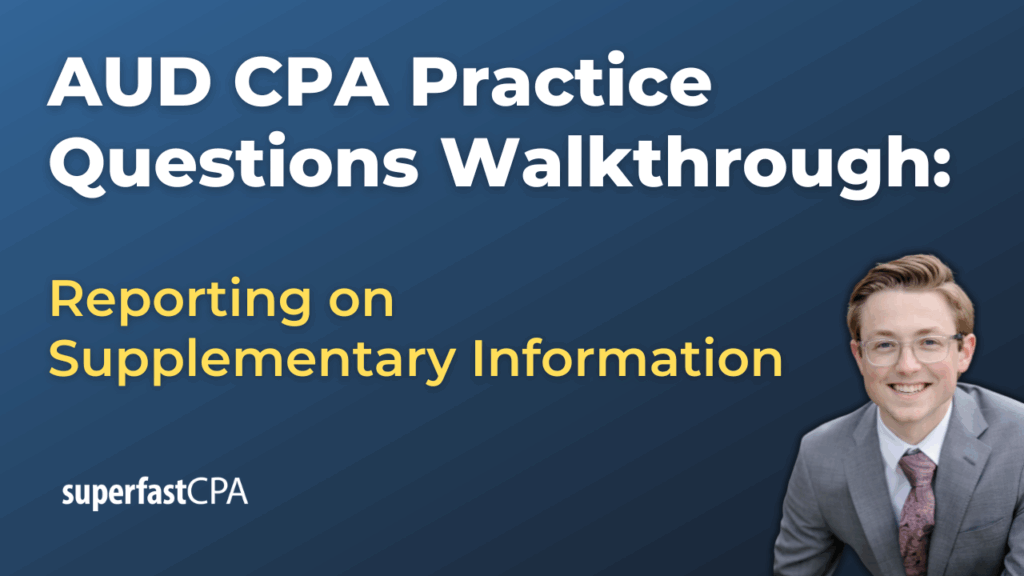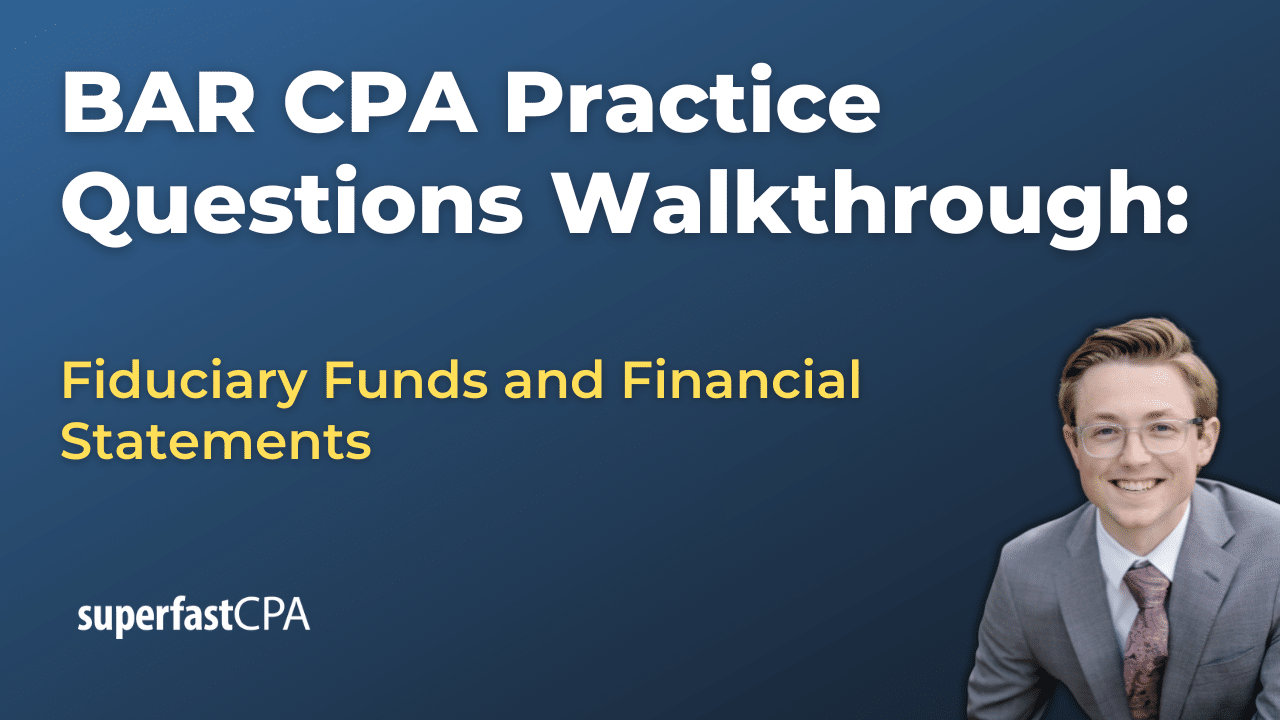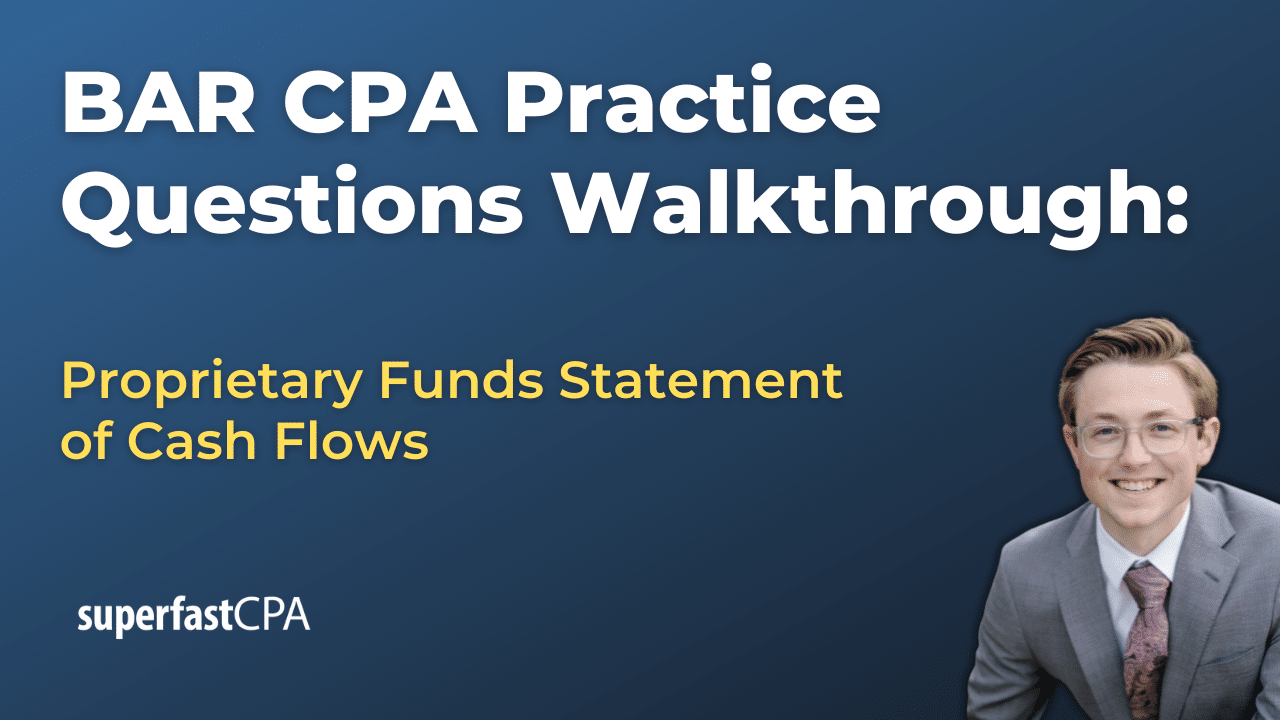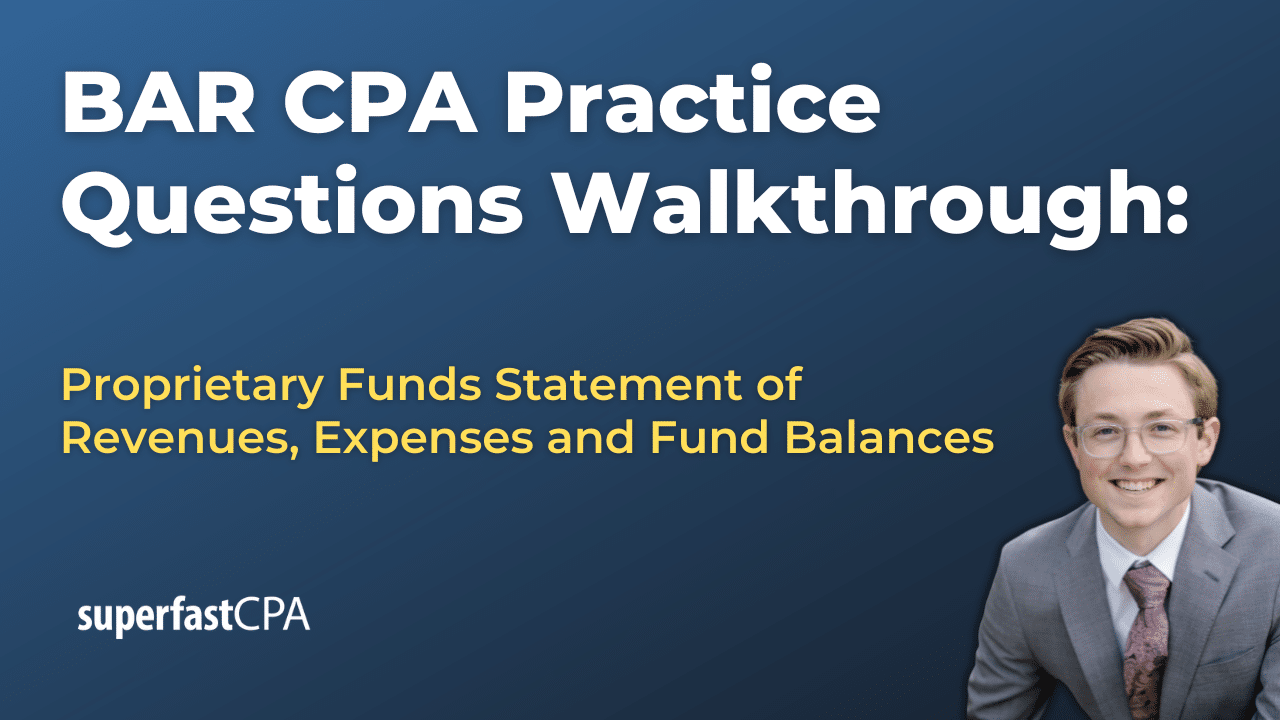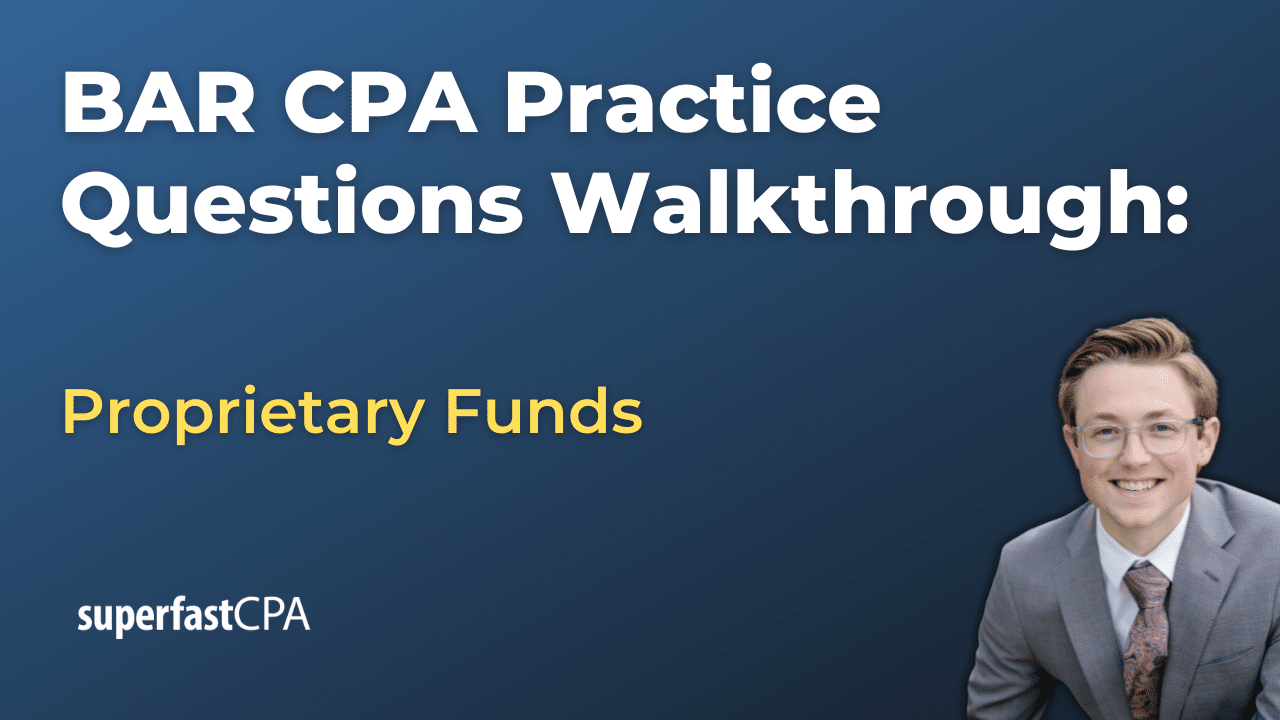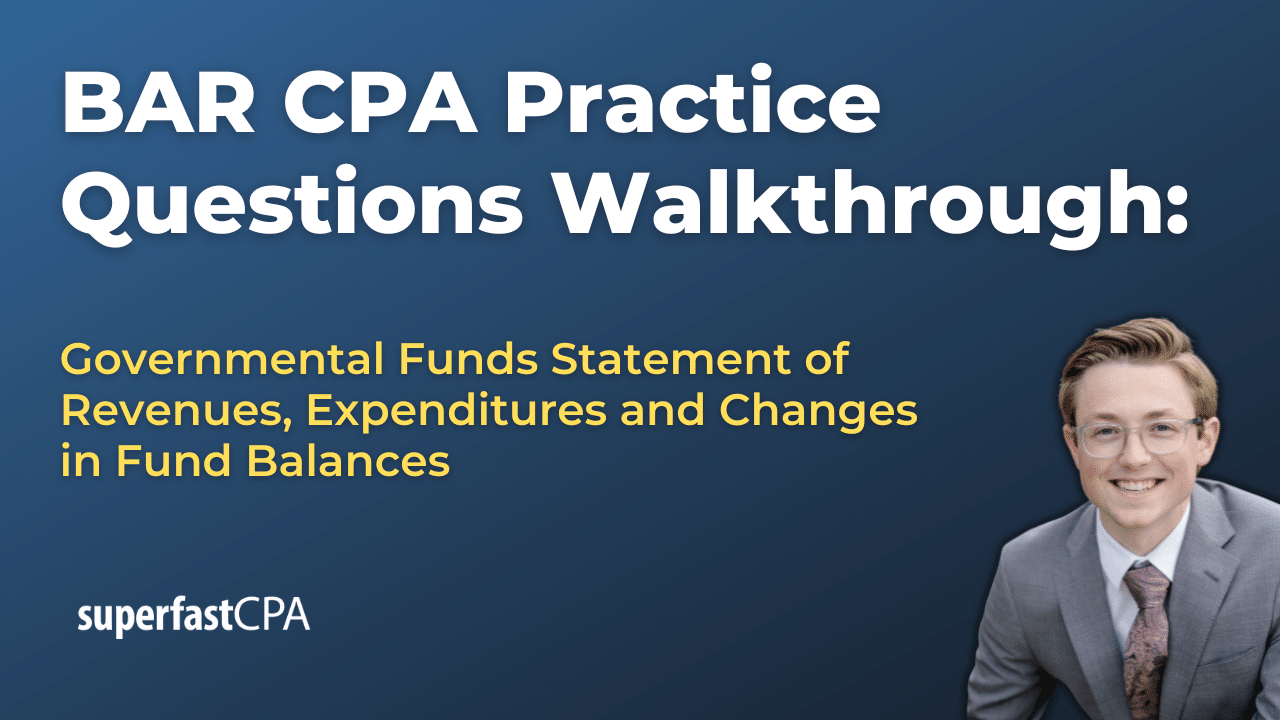In this video, we walk through 5 AUD practice questions teaching about reporting on supplementary information. These questions are from AUD content area 4 on the AICPA CPA exam blueprints: Forming Conclusions and Reporting
The best way to use this video is to pause each time we get to a new question in the video, and then make your own attempt at the question before watching us go through it.
Also be sure to watch one of our free webinars on the 6 “key ingredients” to an extremely effective & efficient CPA study process here…
Reporting on Supplementary Information
When performing a financial statement audit, auditors often encounter supplementary information (SI) presented alongside or outside the basic financial statements. This information may include pension disclosures, budgetary comparisons, or other financial details not included in the core financials. The auditor’s responsibilities regarding this information depend on several key factors: the type of entity, the applicable accounting and auditing frameworks, and whether the information is considered required or voluntary.
Determine the Applicable Standards Based on Entity Type
The first step is to identify whether the entity is an issuer or a nonissuer, as this dictates the auditing standards that apply.
- For issuers (public companies), the auditor must follow the standards issued by the Public Company Accounting Oversight Board (PCAOB).
- For nonissuers (private companies, not-for-profits, and government entities), the auditor must apply the standards issued by the AICPA through the Auditing Standards Board (ASB).
For example, a CPA auditing a private college governed by FASB guidance would follow AICPA auditing standards, while a CPA auditing a public company would use PCAOB guidance.
Identify the Source and Nature of the Supplementary Information
Supplementary information may be classified into one of the following categories:
- Required Supplementary Information (RSI): Information required by the applicable accounting framework (e.g., pension data under GASB or MD&A for government entities).
- Other Information (OI): Information presented in documents containing the audited financial statements, such as annual reports, which is not required by the applicable framework.
- Supplementary Information Presented in Relation to the Financial Statements as a Whole: Often included voluntarily or for compliance purposes, and may be subject to audit procedures.
Each category triggers different responsibilities for the auditor.
Example: RSI vs. OI
If a nonissuer presents pension disclosures labeled “required by FASB,” and these disclosures fall outside the basic financial statements, the auditor must treat this as RSI and perform limited procedures. However, if the same disclosures were presented for marketing purposes in an annual report and not required under GAAP, they would be considered OI.
Apply the Appropriate Audit Procedures
Depending on the classification of the information, the auditor must tailor their procedures accordingly:
Required Supplementary Information (RSI)
For RSI, the auditor should:
- Inquire of management about the methods used to prepare the information.
- Compare the information for consistency with the audited financial statements.
- Obtain written representations from management.
- Include a separate section in the auditor’s report titled “Required Supplementary Information.”
The auditor does not express an opinion on RSI but is required to disclaim an opinion and describe any limitations encountered.
Example: RSI and AICPA Standards
If a private university (a nonissuer) presents RSI required under FASB standards, such as liquidity disclosures for not-for-profit entities, the auditor must follow AICPA guidance. Limited procedures are performed, and a separate RSI section is included in the audit report.
Supplementary Information Presented in Relation to the Financial Statements as a Whole
When this type of information is included, and the auditor is engaged to report on it, the auditor should:
- Determine whether the SI is fairly stated, in all material respects, in relation to the financial statements as a whole.
- Issue either an “in-relation-to” opinion in the auditor’s report or a separate report on the SI.
Procedures here go beyond those for RSI and include obtaining an understanding of how the SI was prepared and reconciling it to the financial statements.
Other Information (OI)
For OI, the auditor is not engaged to audit the information but must:
- Read the information to identify any material inconsistencies with the financial statements or known facts.
- Communicate any issues to management and, if not resolved, modify the auditor’s report or withdraw from the engagement if appropriate.
An example would be reviewing a company’s annual report to ensure that any forward-looking statements do not contradict audited figures.
Addressing Standards from FASB, GASB, and PCAOB
Auditors must also correctly identify the standard-setting body referenced in the SI:
- FASB: Applies to nongovernmental entities (both private companies and public companies). RSI labeled as “required by FASB” typically appears in nonissuer audits, where AICPA standards apply.
- GASB: Applies to governmental entities (e.g., municipalities, public colleges). RSI labeled “required by GASB” must be handled in accordance with AICPA guidance for government audits.
- PCAOB: Applies only to issuer audits. Supplementary information governed under PCAOB auditing standards may require expression of an opinion if audited.
Clarification Example
A CPA auditing a private company (nonissuer) that presents information labeled “required by FASB” must follow AICPA standards for RSI, even though FASB also applies to public companies. The assumption that “FASB equals private company” is incorrect—FASB governs GAAP for both issuers and nonissuers.
Communicating About Supplementary Information in the Auditor’s Report
The auditor’s report should reflect the nature and extent of the procedures performed on SI:
- RSI: Include a dedicated section disclaiming an opinion.
- SI audited in relation to the financial statements: Include an opinion, either in the same report or in a separate report.
- OI: Make no reference unless inconsistencies are identified.
Conclusion
Auditors must use professional judgment to assess how to report on supplementary information, carefully considering the entity type, the applicable accounting and auditing standards, and the nature of the information. Failure to classify the information appropriately can lead to incorrect audit procedures and report modifications. Clear understanding and execution of these requirements ensure compliance and enhance the reliability of the audit.

